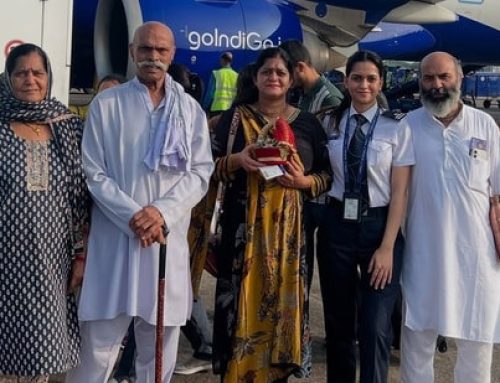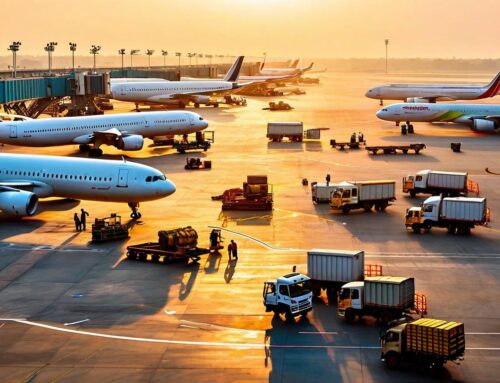A dramatic rescue of an aggressive King Cobra in Bhauwala village near Dehradun has captivated social media users worldwide. The footage highlights the perilous efforts of wildlife rescuers navigating life-threatening situations in densely populated areas, raising important questions about human-wildlife coexistence and rescue protocols in India.
Viral Video Showcases Dangerous Encounter with a King Cobra
In late April 2024, a video capturing the daring effort to save a venomous King Cobra (Ophiophagus hannah) from a roadside in Bhauwala, Uttarakhand, rapidly circulated across social networks. The 45-second clip depicts local wildlife rescuers engaging in close contact with the snake, as a crowd gathers to watch the tense operation. The footage not only demonstrates the risks faced by these professionals but also underscores the increasing frequency of human-wildlife encounters in expanding urban fringes.
Understanding the King Cobra
- Species profile: The King Cobra is the world’s largest venomous snake, averaging 3–4.5 meters in length, with some reaching up to 5.5 meters. It primarily preys on other snakes and is regarded as a formidable presence in its habitat.
- Conservation status: Classified as Vulnerable on the IUCN Red List and protected under Schedule II of India’s Wildlife Protection Act 1972, the species faces threats from habitat loss and ongoing urban encroachment.
- Habitat: Its natural environment includes moist deciduous forests, scrublands, and agricultural edges, generally found at elevations up to 2,000 meters across South and Southeast Asia.
Rescue Framework in Uttarakhand
The Uttarakhand Forest Department’s Wildlife Rescue Unit leads efforts to handle such emergencies, often assisted by NGOs like the Uttarakhand Serpentarium Association. Standard procedures emphasize minimal stress and injury to the animal, prioritizing tranquilization only when absolutely necessary. Rescued snakes are typically relocated to forests 10–15 kilometers away, within suitable habitats.
Rescue teams undergo annual training to improve safety and efficiency, managing an average of 120–150 calls annually in the Dehradun district alone. Despite dedicated protocols, resource limitations and the unpredictability of snake behavior pose ongoing challenges.
Sequence of Events in Bhauwala Incident
- 07:15 AM: A local resident notices a large snake crossing a main roadway and contacts authorities.
- 07:45 AM: Forest guards and a volunteer arrive; initial efforts to coax the cobra away from the road are unsuccessful.
- 08:05 AM: The cobra displays aggressive behavior, raising its hood and hissing, prompting the team to deploy snake tongs.
- 08:10 AM: The volunteer uses a hook to secure the snake’s midbody amid struggle, narrowly avoiding a strike.
- 08:15 AM: The team manages to place the snake in a ventilated sack for transport, despite signs of stress like rapid tongue flicking.
- 08:30 AM: The rescue team departs, and a bystander captures a 45-second video, which quickly spreads online.
By April 29, the video had amassed over 2 million views and 50,000 shares, drawing widespread attention and sparking discussions about rescue practices.
Public and Expert Reactions to the Viral Video
Forest Department
Rajesh Thakur, a ranger overseeing wildlife rescues in the region, emphasized the importance of quick responses, noting, “Our teams are trained to secure both human life and the animal’s welfare. In this case, rapid action prevented potential harm to villagers.”
Wildlife Experts
Herpetologist Dr. Meera Singh remarked, “Close-range rescues involve significant risk of envenomation. While videos like this can serve as educational tools for rescuers, strict safety protocols are essential to avoid tragedy.”
Local Community
Many residents expressed both fear and gratitude. Shopkeeper Sunita Devi said, “Many of us were scared when the snake appeared near our homes. We appreciate the men who took the risk to save it.”
Others, however, criticized the absence of tranquilizers, fearing the added stress could be fatal for the snake during transport.
Animal Rights Advocates
The Wildlife Care Foundation highlighted concerns about handling techniques, urging greater use of non-invasive deterrents, stating, “Handling wild snakes without proper sedation can lead to injury or death. Prevention methods should be prioritized.”
Tools, Training, and Innovations in Rescue Operations
Local teams rely on basic tools such as snake tongs, hooks, and sacks. While portable tranquilizer kits are available, they are rarely used due to cost and safety considerations. Emerging practices include thermal imaging to locate snakes at night and drone-mounted cameras for hard-to-reach areas.
Despite advances, gaps in training remain. Volunteer involvement often exceeds certified personnel capacity, raising concerns about safety and liability during high-stakes rescues.
Legal Framework and Environmental Context
India’s Wildlife Protection Act 1972 strictly prohibits killing or capturing protected species like the King Cobra without permits. Wildlife rescue efforts are exempted from strict enforcement, provided the animals are relocated appropriately.
Relocation policies mandate that snakes are moved into suitable habitats at least 10 kilometers away to prevent homing behavior. However, increased urban development has fragmented wildlife corridors, with reports indicating an 18% rise in human-snake encounters over the past five years in Uttarakhand.
Conclusion: Striking a Balance
The viral King Cobra rescue spotlights the delicate balance between conservation efforts and human safety amid expanding urban landscapes. It showcases the bravery and dedication of forest personnel and volunteers, while also exposing resource and training challenges.
This incident raises crucial questions: Will greater visibility of such rescues foster public awareness and policy support? Or might it encourage untrained interventions that threaten both human and animal safety? As cities and wildlife continue to intersect, sustainable solutions and stricter protocols are imperative to ensure coexistence.






Leave A Comment